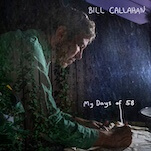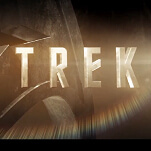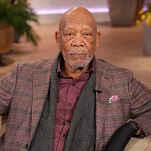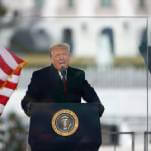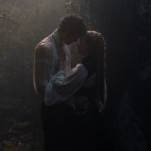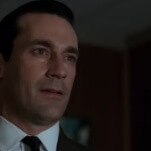Hunter Hunt-Hendrix of Liturgy
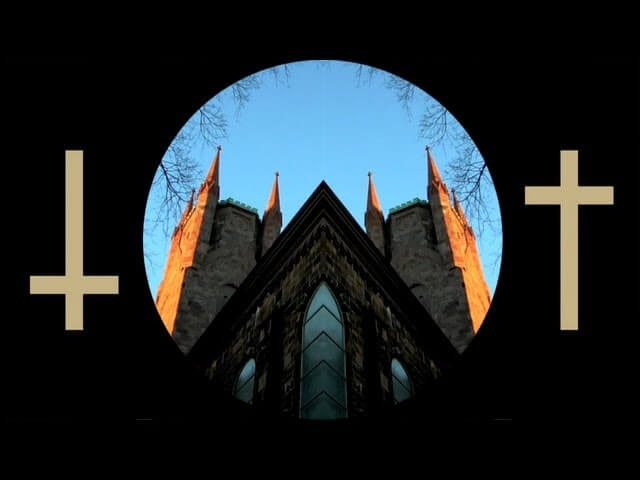
Liturgy, a Brooklyn-based black metal band who released its sophomore album, Aesthetica, earlier this year on Thrill Jockey, has been a source of controversy in the metal world. The metal police have given the band a hard time for where its members are from and how they dress—that’d respectively be Brooklyn, and like… well, you-know-whats. (They’ve been mocked as “hipster-metal.”)
You could chalk this up in part to how Liturgy has managed to get some pretty significant press from mainstream publications (The New York Times and The New Yorker, to name just two) that never before dared to write anything about black metal, one of metal’s most feared, brutal, bleak, and gory subcategories.
But the deep-set anti-Liturgy arguments come from a book called Hideous Gnosis: Black Metal Theory Symposium I. Back in 2009, Liturgy frontman Hunter Hunt-Hendrix organized the first Black Metal Theory Symposium (in Williamsburg) to investigate black metal from the perspective of academic philosophy and critical theory. It spawned Hideous Gnosis, a collection of essays by symposium participants, including Hunt-Hendrix’s contribution, “Transcendental Black Metal: A Vision of Apocalyptic Humanism.” In it, the Columbia graduate argues that a radical break must happen between European (Hyperborean) Black Metal and Transcendental Black Metal—the latter being identified by a renewed celebratory and active spirit, as opposed to the passive nihilism of the old black metal guard. It’s basically a manifesto for Liturgy, the harbingers of this new black-metal movement… or whatever it is.
If the first word that comes to your mind is “pretentious,” then you’re on the same page as Hunt-Hendrix’s critics. As Chris Grigg, a member of Philadelphia-based metal band Woe, wrote in an open letter to Hunt-Hendrix, “We get it, dude. You think you are very, very important. Everything about you oozes a sense of superiority… Who the fuck are you to dictate anything about black metal in a way that affects anyone other than yourself? Your experience as a philosophy student at Columbia does not grant you the title of President of Black Metal.”
Everybody can get behind a good black-metal philosophy squabble, so you can read Hunt-Hendrix’s response to Grigg at Stereogum and most of Hunt-Hendrix’s infamous quasi-Nietzschean essay at Vice.
Is Liturgy the future of black metal? Will Liturgy’s music determine the course of human history? Was Nietzsche insightful, or insane? You can find out tonight, when Liturgy plays Kung Fu Necktie. We caught up with Hunt-Hendrix via email to ask a few follow-up questions about “Transcendental Black Metal,” and, as you’ll soon discover, his answers have left us scratching our collective head even more than before.
The A.V. Club: I just finished reading Hideous Gnosis: Black Metal Theory Symposium I, and one thing stood out as being very peculiar: The font of your essay, “Transcendental Black Metal: A Vision of Apocalyptic Humanism,” is different from the fonts for all the other essays. Why?
Hunter Hunt-Hendrix: The essay has to be in Arial, it doesn’t work in any other font.
AVC: Can you explain the technical differences between the blast beat and the burst beat?




